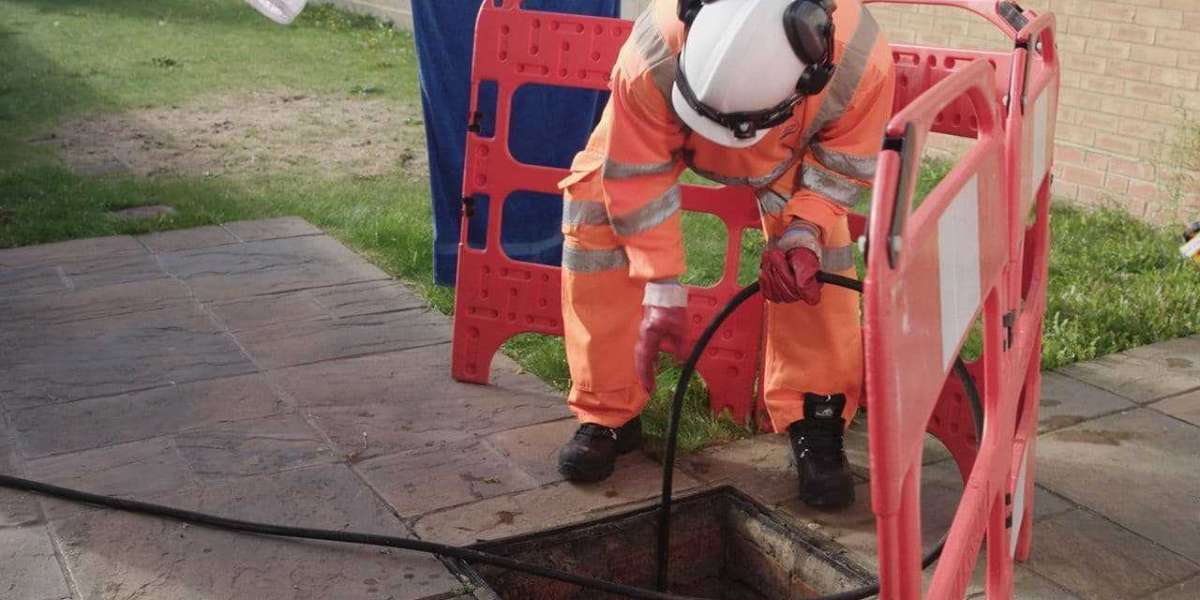When it comes to maintaining the integrity of a property, drainage systems often take center stage, quietly performing their essential function. A comprehensive drainage inspection is crucial, especially for homeowners and property managers, to ensure that these systems operate efficiently, preventing potential issues that can escalate into costly repairs. This article delves into the various stages of a drainage inspection, shedding light on the methodologies used and the significance of this essential process.
Understanding the Importance of Drainage Inspections
Before diving into the specifics of what occurs during a comprehensive drainage inspection, it is vital to understand why these inspections are necessary. Drainage systems are designed to manage water runoff, whether from rainfall or melting snow. However, over time, various factors such as debris buildup, root intrusion, or structural failures can compromise their effectiveness.
A drainage inspection serves as a preventative measure, identifying potential issues before they escalate into significant problems. For instance, a blocked drain can lead to water pooling around a foundation, risking structural integrity and leading to costly repairs. Moreover, regular inspections contribute to better property management, ensuring that drainage systems function optimally, thus safeguarding the property and enhancing its value.
The Comprehensive Drainage Inspection Process
Initial Assessment and Preparation
The first step in a comprehensive drainage inspection involves an initial assessment. This typically begins with a visual inspection of the property’s exterior, focusing on areas where water runoff may be problematic. Inspectors look for signs of poor drainage, such as puddles, erosion, or vegetation that appears overly lush due to excess moisture.
Preparation also includes gathering information about the property’s drainage history. Homeowners may provide insight into previous drainage issues or repairs, which can guide the inspector in identifying potential problem areas. Armed with this information, the inspector is better prepared to conduct a thorough examination.
CCTV Drain Survey
One of the most advanced techniques employed during a drainage inspection is the CCTV drain survey. This method involves inserting a small camera into the drainage system, allowing inspectors to visualize the interior condition of pipes and drains.
The use of CCTV technology offers several advantages. For one, it provides a clear view of the drainage system's condition, allowing for a precise diagnosis of issues such as cracks, blockages, or root intrusion. Moreover, it eliminates the need for invasive digging, preserving the landscape while still obtaining accurate information.
The footage captured during the CCTV drain survey is meticulously reviewed, enabling inspectors to compile a detailed report on the current state of the drainage system. This report often includes images and videos that highlight critical findings, making it easier for property owners to understand the necessary repairs or maintenance needed.
Manual Inspection of Surface Drainage
While CCTV surveys are invaluable, they represent only one aspect of a comprehensive drainage inspection. Inspectors also perform a manual inspection of surface drainage systems. This involves examining gutters, downspouts, and surface drains to ensure they are functioning correctly and directing water away from the property.
During this phase, inspectors look for debris buildup, misaligned gutters, or damaged downspouts that could impede water flow. Even minor issues, such as a clogged gutter, can lead to significant problems if not addressed promptly. By taking the time to manually inspect these components, inspectors ensure that all aspects of the drainage system are functioning harmoniously.
Assessing the Site’s Topography
An often-overlooked aspect of drainage inspections is the assessment of the site’s topography. The landscape plays a crucial role in how water drains away from a property. Inspectors observe the slope of the land, noting any areas where water may collect or flow toward the foundation instead of away from it.
Understanding the topography is essential for devising effective drainage solutions. For instance, if a property is situated in a low-lying area, additional drainage measures may be needed to prevent water accumulation. Alternatively, if the slope is inadequate, inspectors may recommend regrading to facilitate better water flow.
Identifying and Evaluating Problem Areas
As the inspection progresses, the focus shifts to identifying and evaluating specific problem areas within the drainage system. This includes checking for signs of infestation, such as tree roots infiltrating pipes, or assessing the condition of drainage ditches and swales.
Inspectors may also evaluate the effectiveness of existing drainage solutions, such as French drains or catch basins. The goal is to determine whether these systems are functioning optimally and if any modifications or repairs are necessary to enhance their performance.
Final Report and Recommendations
After completing the comprehensive drainage inspection, the inspector compiles a detailed report outlining their findings. This report typically includes photographs, diagrams, and a clear explanation of the issues identified. Additionally, the inspector provides recommendations for repairs or improvements based on their observations.
This final report serves as a valuable resource for property owners, enabling them to make informed decisions regarding necessary maintenance or upgrades. Whether it’s clearing out a blockage, installing new drainage systems, or re-grading the landscape, the insights gained from the inspection are crucial for maintaining the property’s integrity.
Conclusion: The Value of Professional Drainage Inspections
In summary, a comprehensive drainage inspection is an invaluable service that plays a pivotal role in property maintenance. By identifying potential issues early on, property owners can save themselves from costly repairs and ensure their drainage systems function effectively.
Engaging with a qualified inspection service can make all the difference in safeguarding your property. For those seeking expert assistance, Onn Point Civil Engineering offers comprehensive drainage inspection services tailored to meet your needs. Don’t wait until a small problem becomes a significant headache; contact Onn Point Civil Engineering today and ensure your drainage systems are in top condition!







